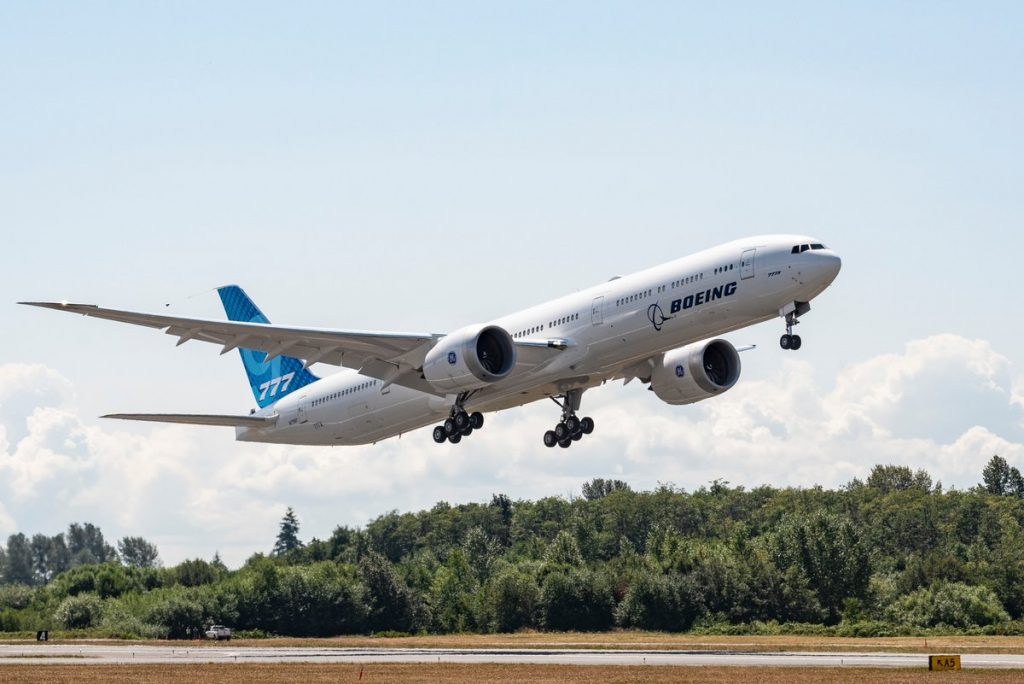
Boeing has announced a fourth straight quarterly loss, as well as 11,000 additional job cuts, as the company continues to grapple with the COVID-19 pandemic and its ongoing 737 MAX crisis.
The planemaker has said it lost $466 million in the third quarter, marking its fourth straight quarterly loss.
The pandemic has seen demand for international travel take a nose-dive, and eliminated the need for new planes as near-whole fleets sit on the ground.
As a result, Boeing’s bottom line has taken a massive hit.
The company has been forced to significantly reduce its rates of production, as its backlog of undelivered aircraft continues to grow.
Making matters worse for the plane manufacturer, recertification efforts continue on its embattled 737 MAX, which has been grounded around the world following two fatal crashes
The US planemaker has not yet announced plans to further reduce its production rate, however has said it is prepared to cut production rates of its 787 Dreamliner if demand remains subdued, with 50 jets still undelivered.
Boeing chief executive Dave Calhoun has told employees the company now expects to shed around 30,000 positions in total, 11,000 more than previously announced, to bring the total workforce down to about 130,000.
Calhoun predicted that airline traffic would sit at around 30-35 per cent of 2019 levels by the end of this year, with a return to pre-pandemic traffic levels within about three years. This prediction is slightly more optimistic than most current industry perspectives.
The CEO also mentioned that stricter certification regulations in the aftermath of the 737 MAX debacle will likely further delay its new 400-seat 777X’s entrance into service.
“As with any development program … there are inherent risks that can affect schedule,” Calhoun said.
“While we continue to drive towards entry into service in 2022, this timing will ultimately be influenced by certification requirements defined by the regulators.”
Boeing confirmed that it still expects the MAX to be returned to commercial service within weeks, with time to resume deliveries of the aircraft in the fourth quarter.
It reaffirmed plans to hit a build rate of 31 MAX jets a month in early 2022, however the planemaker must first clear a significant amount of its current backlog of 450 MAX jets.
Chief financial officer Greg Smith said he expects about half of that stockpile will be delivered by the end of next year, with the majority of remaining jets handed over in 2022.
Meanwhile, Calhoun also acknowledged that the 737 MAX fiasco has “without a doubt” resulted in Boeing losing precious market share in the single-aisle market to European rival Airbus.
Analysts suggest smaller narrow-bodied jets will see a bounce back in demand far sooner than larger airliners, meaning this market holds the key to long-term recovery for planemakers.










